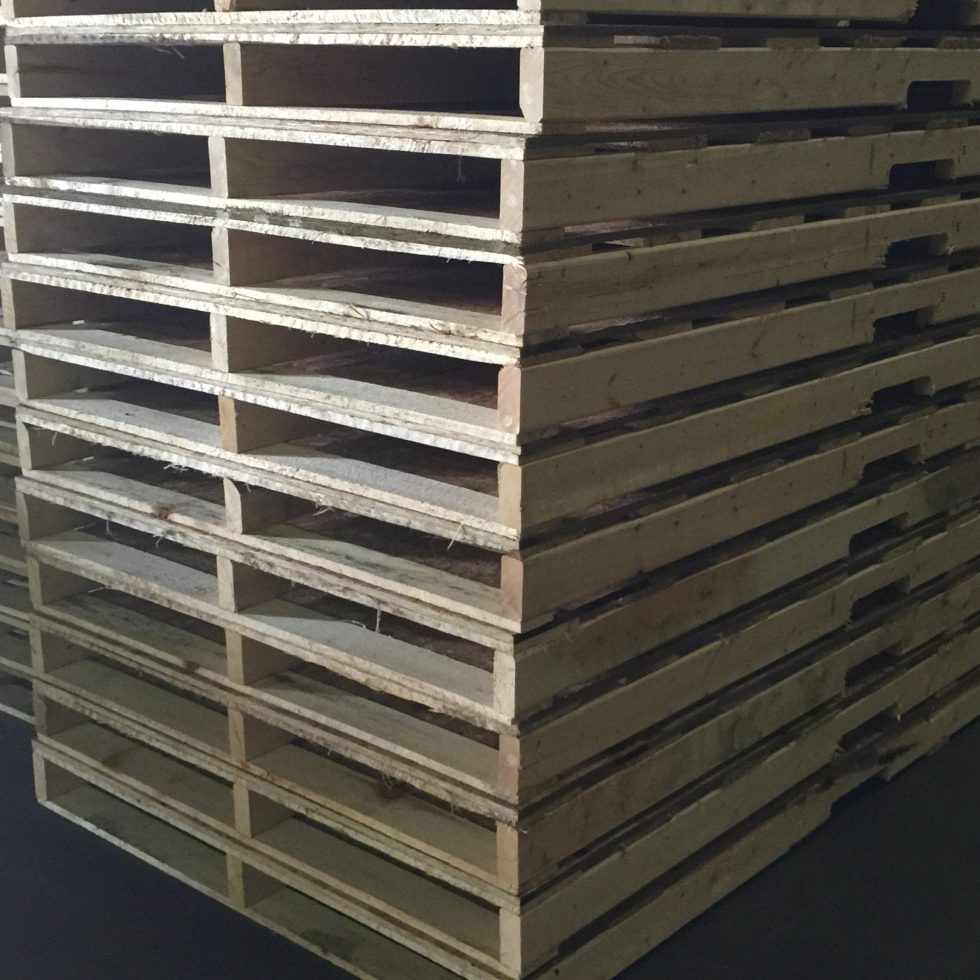The Ultimate Guide to Pallets: Everything You Need for Better Transportation and Storage

In the world of transportation and storage, the significance of efficient shipping and warehousing cannot be emphasized enough. One of the most crucial tools that facilitate these processes is the simple pallet. pallets in tulsa play a crucial role in the safe and efficient movement of goods, making them indispensable in multiple industries. Among the many types of pallets on the market, wooden pallets stand out due to their durability, flexibility, and cost-effectiveness.
Wooden pallets offer a reliable solution for transporting products while also maximizing storage space. Their structure allows for simple stacking and handling, ensuring that items stay secure during transit. Moreover, wooden pallets can be recycled and repaired, making them an environmentally friendly choice in today's eco-conscious market. Whether you are a petite business owner or part of a bigger supply chain, grasping how to use wooden pallets can greatly enhance your operational efficiency and help simplify your logistics.
Types of Wooden Pallets
Wooden pallets come in multiple designs and builds, tailored for specific needs in transportation and storage. The most common type is the stringer-style pallet, which uses extended boards called stringers to support the top deck and constitute the pallet's core structure. Stringer pallets are adaptable, offering durability and firmness for warehouse and shipping purposes. They are generally simpler to use with forklifts and can accommodate a diverse loads.
Another commonly used design is the block-style pallet, characterized by its solid blocks that support the upper and lower decks. This type provides enhanced strength and durability, making it ideal for heavier items and more substantial loads. Block pallets are often better than stringer pallets and can be moved from various angles, resulting in enhanced agility in tight spaces. Their robustness makes them a popular selection for long-term storage in warehouses.
Lastly, the Euro pallet stands out with its consistent dimensions and specifications, broadly accepted in Europe and other areas. It features a unique design with particular treatment standards that enhance its strength and resistance to insects. Euro pallets are often used in cross-border transport, providing smooth operations and reliability in transporting goods across borders. Their uniform measurements ease the stacking process and optimize space efficiency during both warehousing and delivery.
Benefits of Employing Timber Pallets
Wooden pallets are renowned for their long-lasting nature and robustness, which makes them an perfect choice for shipping bulky goods. They can support substantial weight and withstand rough handling during shipping and storage. This strength reduces the likelihood of breakage or damage to the products they carry, making sure that items arrive at their destination in excellent condition. The natural properties of wood also provide a stable base for piling goods, allowing for effective use of vertical space.
In also to their durability, timber pallets are very versatile. They can be modified to fit different sizes and specifications, making them suitable for diverse industries and products. Whether you are shipping food items, electronics, or industrial equipment, wooden pallets can be adapted to meet particular needs. Their versatility extends to different manipulation methods as well, allowing for forklifts and pallet jacks with ease, which optimizes the loading and unloading procedures.
Environmental sustainability is another significant advantage of timber pallets. Wood is a sustainable resource, and many producers use recycled materials to produce them. After their productive life, wooden pallets can often be mended, reused, or converted, reducing waste in landfills. This environmentally friendly aspect appeals to businesses aiming to enhance their sustainability goals while also benefiting from the usefulness and efficacy of timber pallets in transportation and storage.

Recommended Approaches for Storage and Transportation
To ensure the safe and effective use of wooden pallets in storage and transportation, it is essential to select the appropriate type of pallet for your particular needs. Diverse goods demand different pallet designs, and choosing a pallet that corresponds to the weight and dimensions of your products can prevent damage and improve stability during shipment. Additionally, regularly inspect the pallets before use to ensure they are clear of defects such as splinters, cracks, or signs of pest damage, as these issues can endanger the integrity of your goods.
When placing and keeping pallets, it is important to follow proper techniques to optimize space and prevent accidents. Always stack pallets in a manner that ensures balance and stability, avoiding overloads that could cause tipping or collapsing. Use appropriate lifting equipment and techniques when moving pallets to reduce the risk of injury and ensure that goods are loaded and unloaded in a organized way. By organizing pallets according to item types or frequencies of use, you can enhance efficiency and streamline operations.
Lastly, consider implementing a systematic tracking method for your pallets. Utilizing QR code systems or RFID technology can help you monitor the location and condition of pallets throughout the transportation and warehousing process. This approach not only minimizes the chances of loss or damage but also aids in inventory management and improves overall operational efficiency. By adhering to these best practices, you can leverage the advantages of wooden pallets to enhance both storage and transportation processes effectively.
